Today, March 17th, in 1959, Colin Agnew MacDonald, England's goalkeeper, broke his leg in his representative debut for the England Football League against the League of Ireland, at Dalymount Park, in an accidental clash with Liam Tuohy. All this on St Patrick's Day.
Colin later fell unwell to pleurisy and pneumonia in hospital, which ended his career as a goalkeeper.
Born on October 15th in 1930, Colin was the son of Tom MacDonald, also a goalkeeper, who played for Bury before the First World War.

Colin's club debut was for Burnley having played at Headington United (now Oxford Utd) in 1950-1. His Burnley career started in 1951 and his debut for the First Team ended miserably, 1-5 against Aston Villa. He recovered and lasted over 200 appearances, earning a place in the Clarets' Hall of Fame. His international career was thwarted, when he broke an ankle v Chelsea in 1956. Youngster Adam Blacklaw deputised for Burnley but MacDonald got back into the side and was rewarded with a place in the Football League XI v Scottish League XI, winning 4-1 and then was selected in an England friendly against the then named Soviet Union.
In fact, he played against the Soviets four times in 1958, out of 8 caps .
May 18th v USSR in Moscow 1-1.
June 8th in Gothenburg 2-2
June 17th in Gothenburg (play-off) 0-1
October 22nd at Wembley 5-0 (Haynes 3, Charlton R. pen, Lofthouse) I watched this one on TV!! (b&w)
Having played in the four England World Cup games, he was voted "Best Goalkeeper" in the 1958 tournament, despite England's early exit. His triumph was against Brazil, the eventual winners, holding them to a 0-0 draw, at the Ullevi Stadium, Gothenburg. This was the only game that Brazil did not win on their way to lifting the trophy. In the next game, one England needed to win, MacDonald was beaten by two long range shots in a 2-2 draw with Austria; they must have been good 'uns.
MacDonald, following his injury, was under pressure at Burnley from Adam Blacklaw and he struggled to get a place in the side that won the Football League and were runners-up in the FA Cup to Spurs in 1962. He then went to non-league, Wycombe Wanderers in 1961, then Bolton, Bury, Oldham, Tranmere and then Altrincham, briefly as a player-coach in the Cheshire League (1965-7).
In 1957-8, it was a time when Burnley FC was one of the top clubs in the country.
You may know that Burnley was one of the top English clubs at this time, having won the Football League Div 1 in 1959-60 by a point from Wolves. They were 4th when Spurs did the Double 1960-1, Runners-up in 1961-2 to Ipswich (Spurs 3rd), 3rd in 1962-3, 3rd in 1965-6, relegated 1970-1, promoted to the First in 1972-3.
Eddie Hopkinson (Bolton W) took over in goal and played 14 times for England,

then Ron Springett (Sheffield Wednesday) 29 times,

before Gordon Banks (Leicester City) made his debut April 6th 1963 v Scotland at Wembley LOST 1-2!! but won 73 caps.



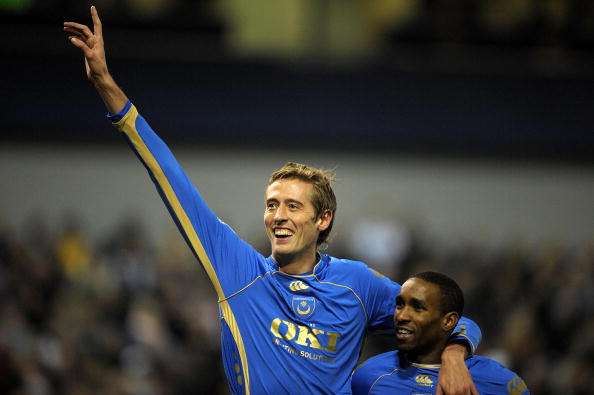
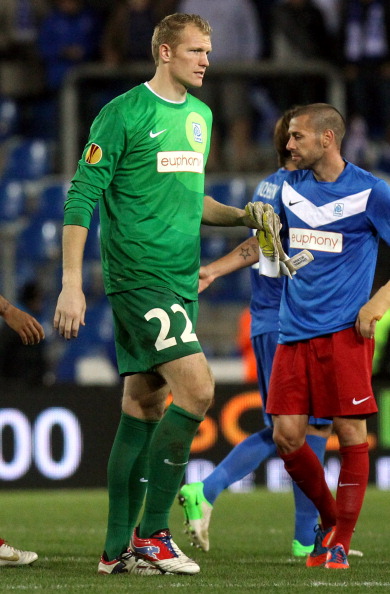 AND
AND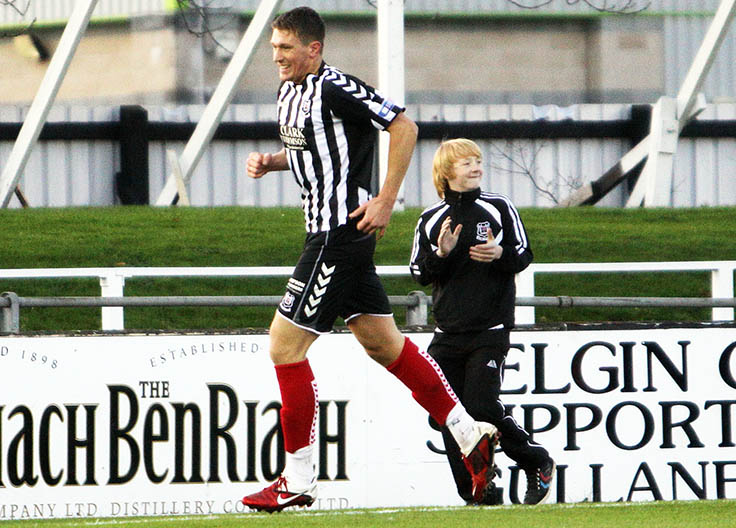 This is Paul Millar, a Scot who is 6'10" and plays for Elgin City, who had to heighten their doors to the ground to get him out of the changing rooms. Paul is a fireman full time with the RAF at Kinross. On me head son!
This is Paul Millar, a Scot who is 6'10" and plays for Elgin City, who had to heighten their doors to the ground to get him out of the changing rooms. Paul is a fireman full time with the RAF at Kinross. On me head son!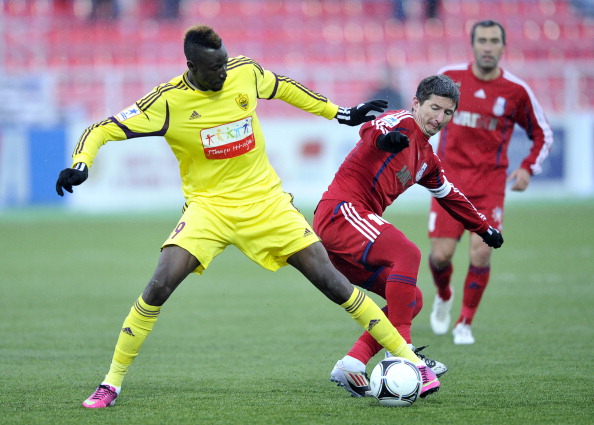

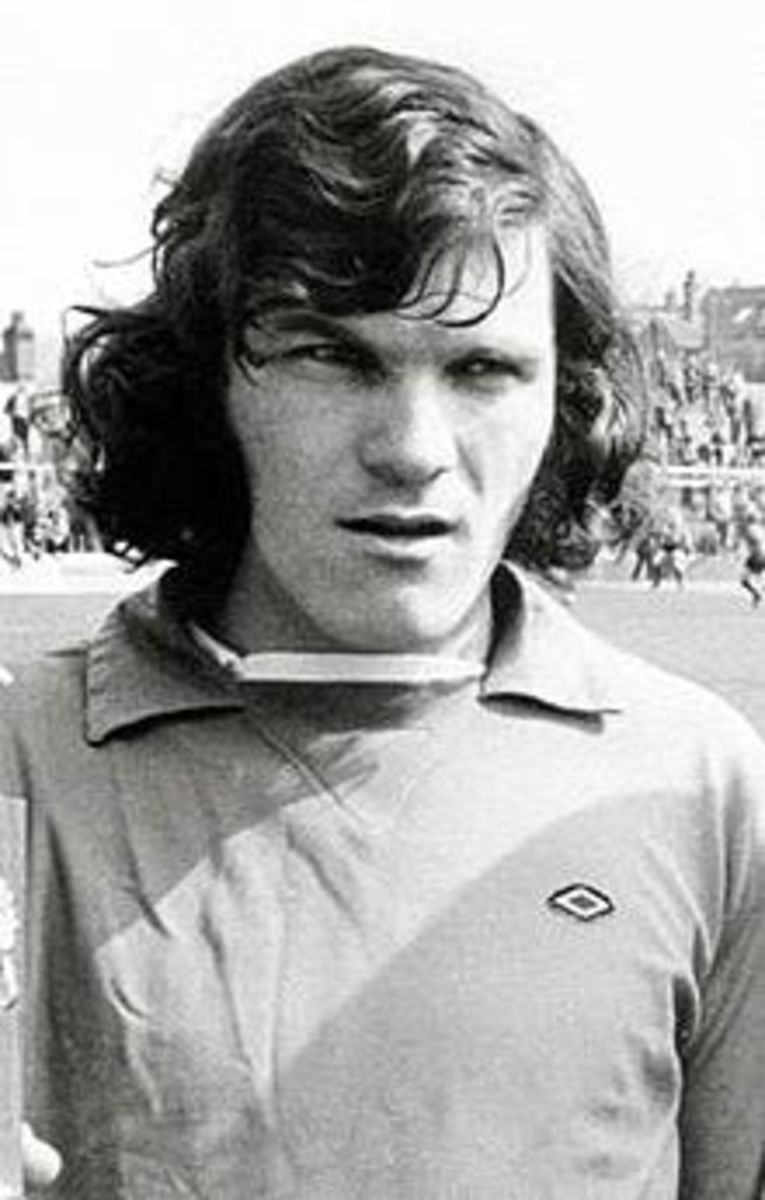
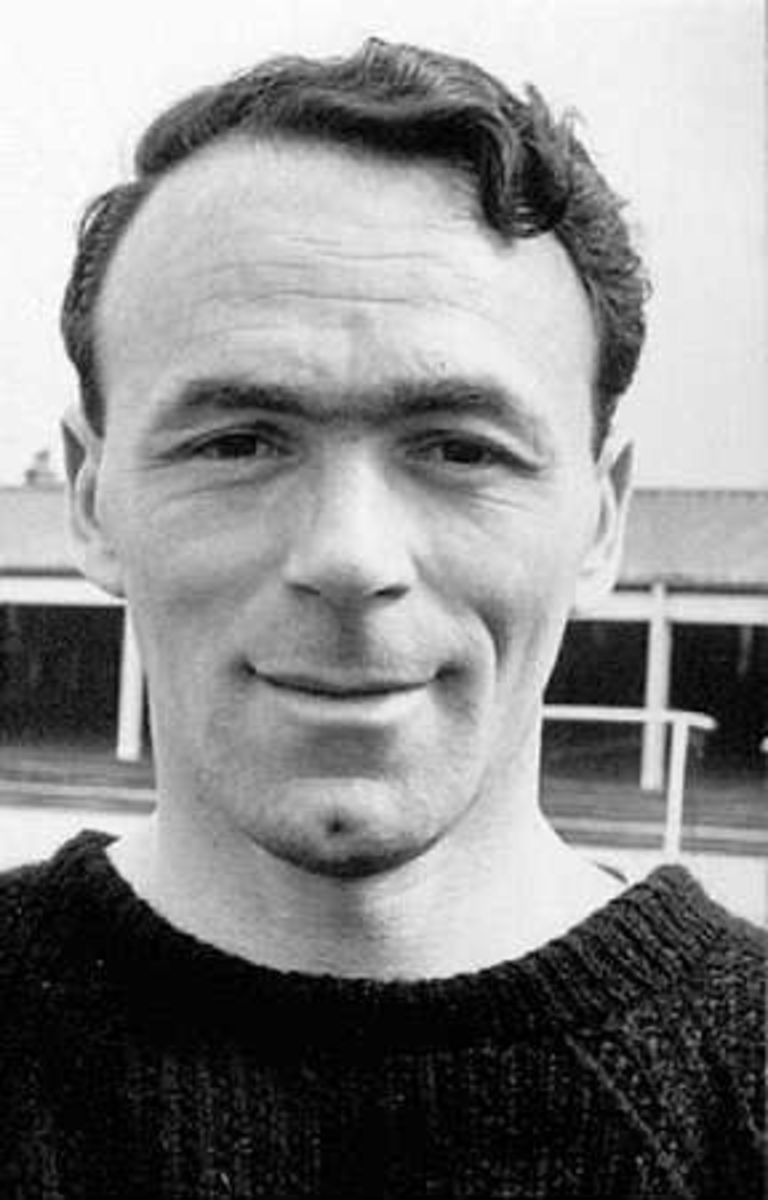
 Today, March 28th, in 2001, the 3-1 thumping of that well known footballing power, Albania, sent a vibration through the European fraternity, as the "Manchester United" squad provided 7 England players, to take part in the World Cup qualifier.
Today, March 28th, in 2001, the 3-1 thumping of that well known footballing power, Albania, sent a vibration through the European fraternity, as the "Manchester United" squad provided 7 England players, to take part in the World Cup qualifier.







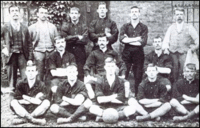




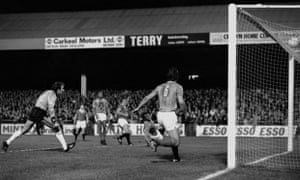
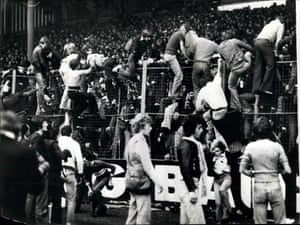



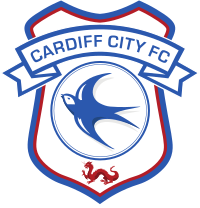


 May 15th 1963 in The Feijenoord Stadium, Rotterdam was the day when Tottenham Hotspur beat Athletico Madrid 5-1 in the Final of the European Cup Winners' Cup.
May 15th 1963 in The Feijenoord Stadium, Rotterdam was the day when Tottenham Hotspur beat Athletico Madrid 5-1 in the Final of the European Cup Winners' Cup.
